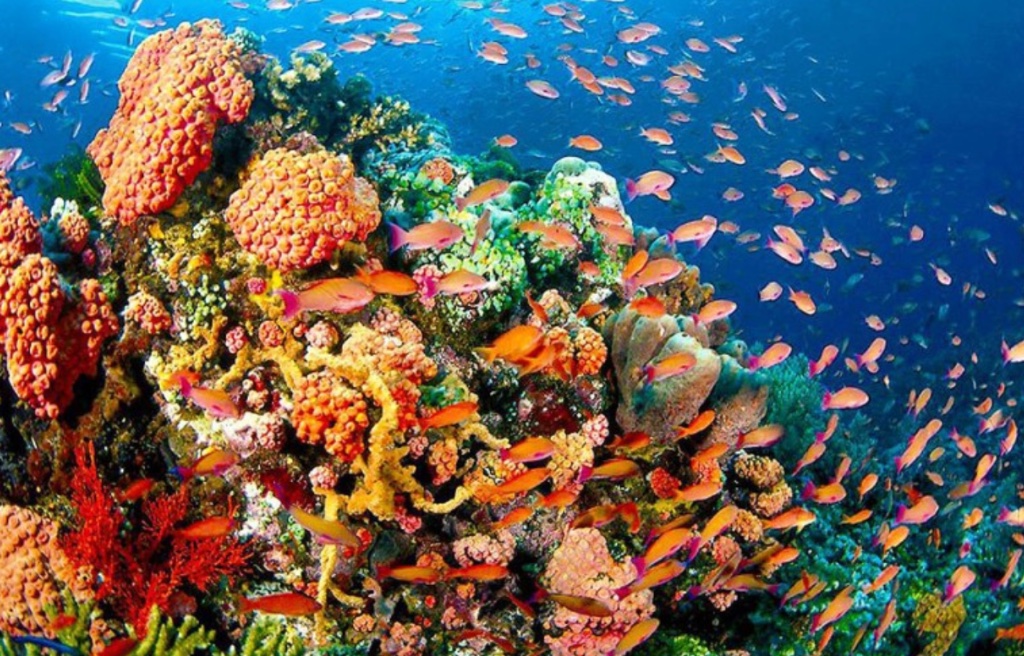
Our oceans cover more than 70% of the Earth’s surface and are teeming with diverse ecosystems, supporting countless species of marine life. However, these precious environments are facing a multitude of threats, including overfishing, habitat destruction, pollution, and climate change.
In response to these challenges, the establishment of Marine Protected Areas (MPAs) has emerged as a crucial conservation strategy to safeguard our marine ecosystems and ensure the health and resilience of our oceans.
Defining Marine Protected Areas
Marine Protected Areas (MPAs), are designated zones within the ocean where human activities are regulated, restricted, or even prohibited to protect and preserve marine life and habitats.
These areas can encompass a wide range of marine environments, from coral reefs and seagrass beds to open ocean waters and polar regions.
The primary objectives of MPAs are to:
-
Conservation: Preserve and protect biodiversity by creating safe havens for marine species, enabling them to thrive and recover.
-
Restoration: Rehabilitate damaged ecosystems by reducing or eliminating harmful human activities.
-
Sustainable Fisheries: Promote sustainable fishing practices by regulating catch limits and protecting breeding grounds for commercial species.
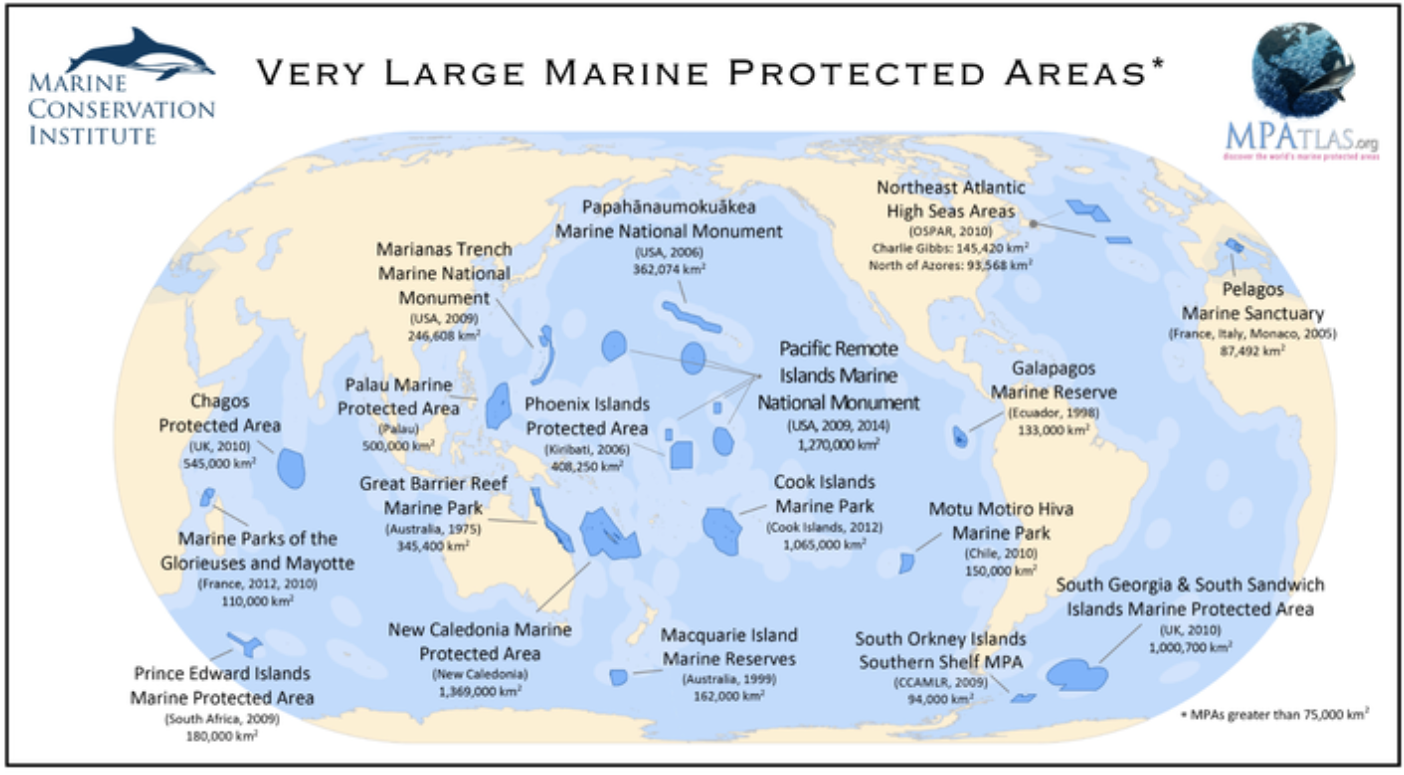
The Ecological Significance of MPAs
-
Biodiversity Hotspots: MPAs act as refuges for marine species, providing a sanctuary where they can reproduce and grow without the constant threat of exploitation. These areas often become biodiversity hotspots, with a higher density and diversity of species than surrounding unprotected waters.
-
Ecosystem Resilience: Healthy, protected areas serve as sources of genetic diversity and can help neighboring ecosystems recover from disturbances like storms, disease outbreaks, or climate-related events.
-
Scientific Research: MPAs provide valuable opportunities for scientists to study undisturbed ecosystems, gaining insights into marine ecology, species behavior, and climate change impacts.
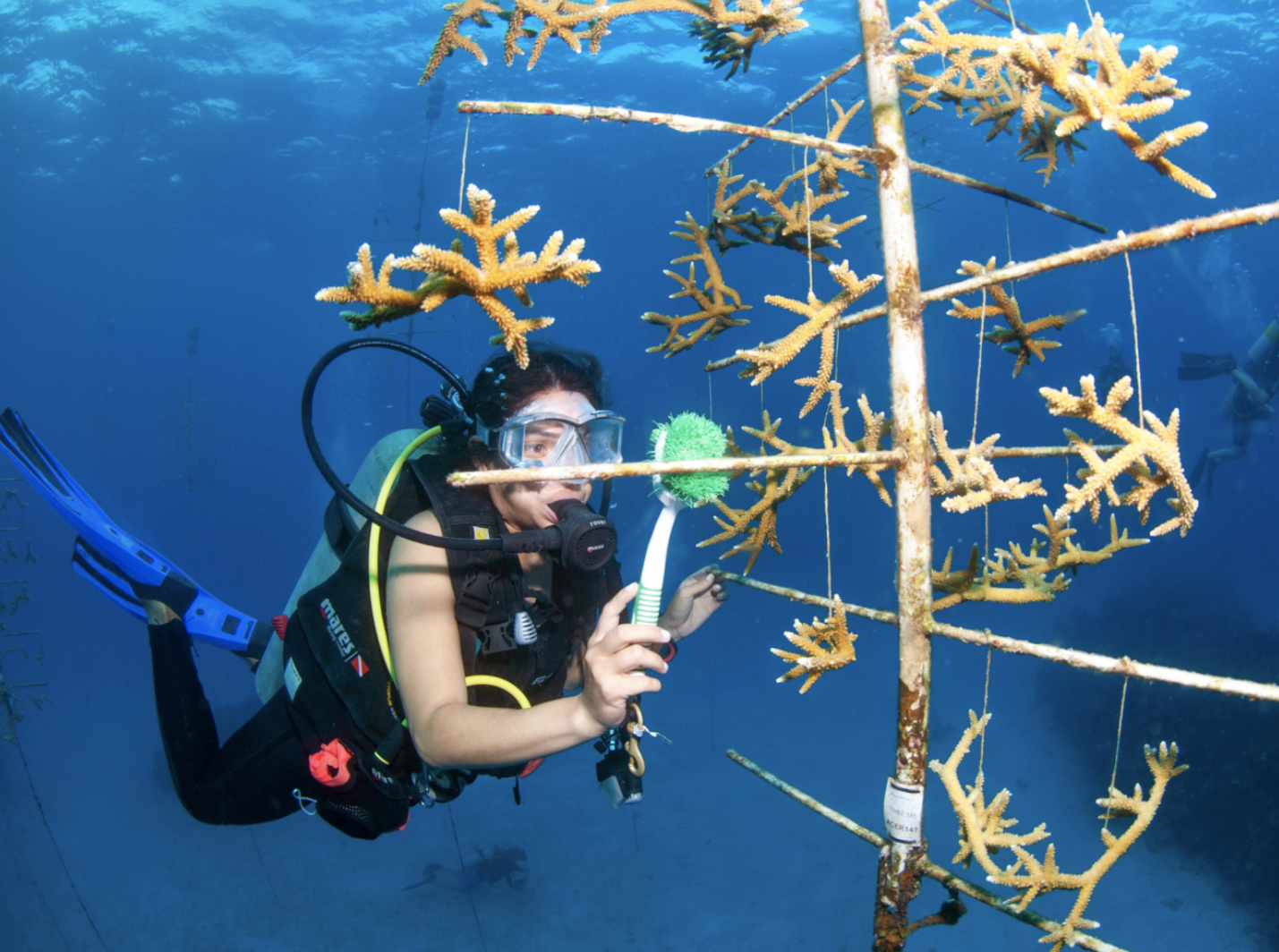
Types of Marine Protected Areas
-
No-Take Zones: These areas prohibit all extractive activities, including fishing and mining. They offer the highest level of protection and are essential for conserving sensitive habitats and vulnerable species.
-
Multiple-Use MPAs: These areas allow a variety of activities, such as sustainable fishing, recreation, and tourism, while still implementing regulations to minimize harm.
-
Fully Protected Reserves: These MPAs are entirely off-limits to any human activity. They are critical for preserving pristine environments and the most vulnerable species.
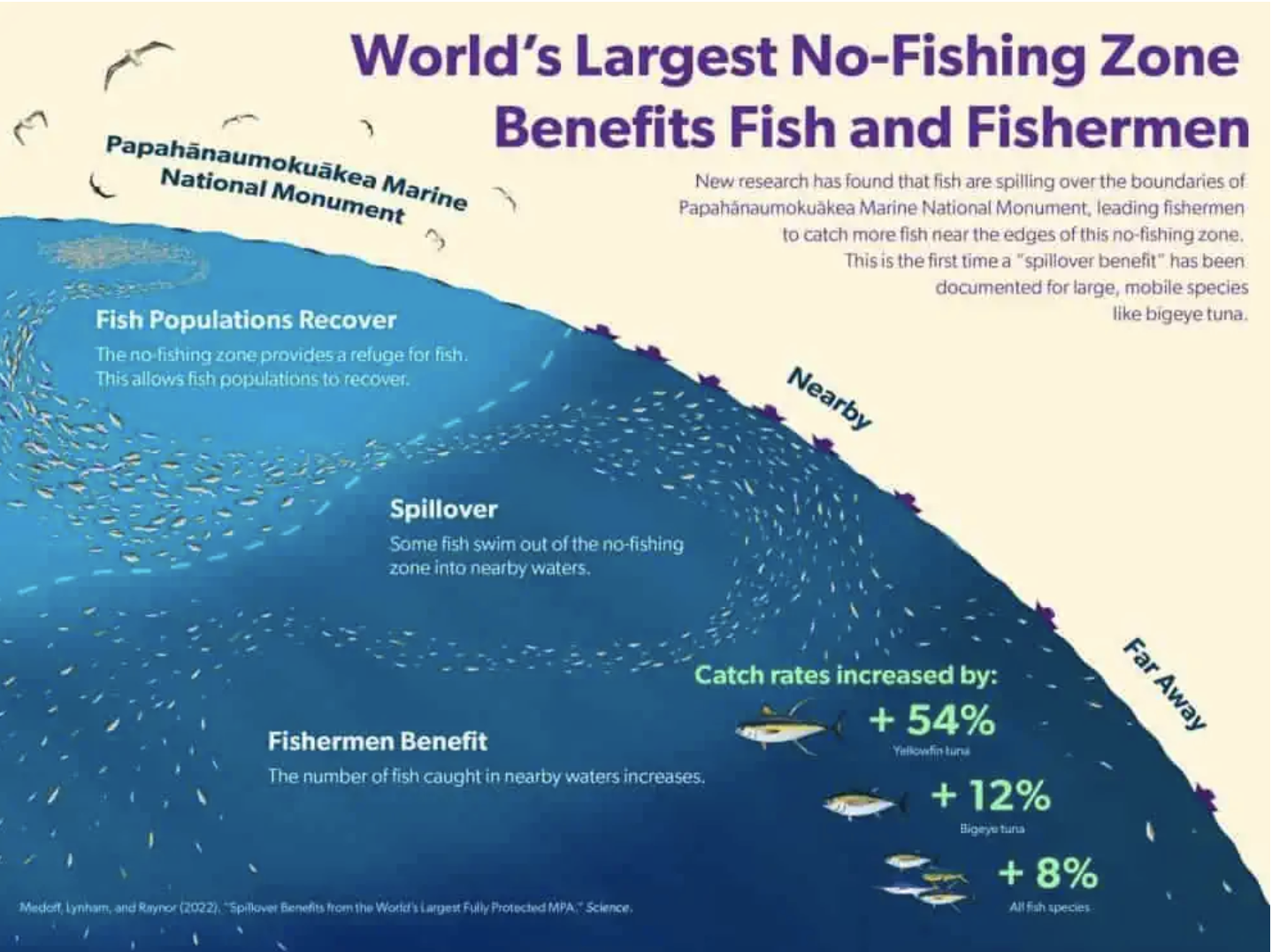
World’s Largest No-Fishing Zone
Global Efforts in MPA Creation
Countries worldwide recognize the importance of MPAs in conserving marine biodiversity. Notable initiatives include:
-
The Convention on Biological Diversity (CBD): This international treaty aims to protect biodiversity on a global scale. Parties to the CBD have committed to conserving at least 10% of coastal and marine areas through MPAs by 2020.
-
The Ocean Health Index: This assessment tool evaluates the health of marine ecosystems and encourages countries to establish MPAs to improve ocean sustainability.
-
Blue Parks: A growing movement that advocates for protecting 30% of the world’s oceans by 2030 through a network of fully protected marine reserves.
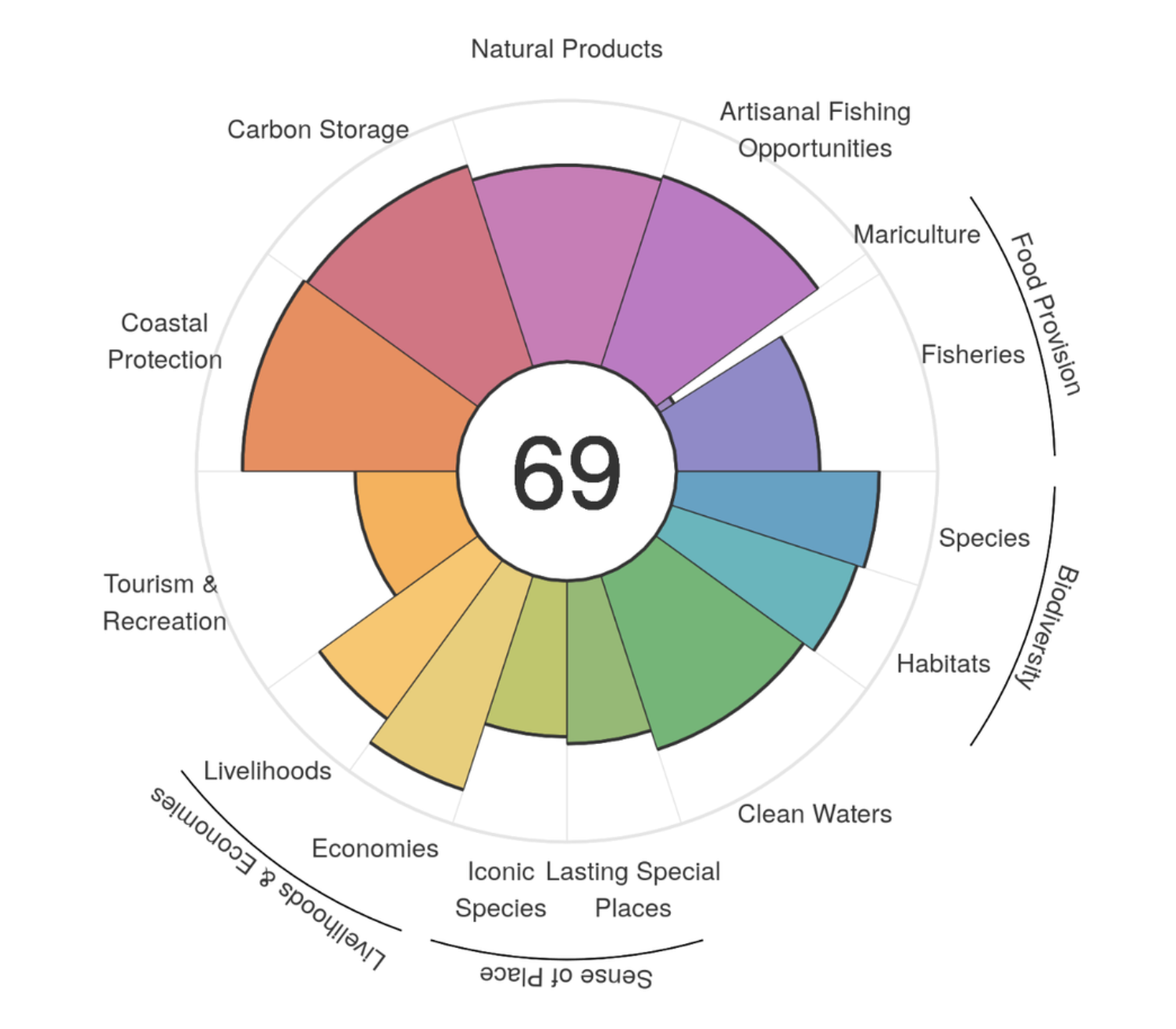
Challenges and Future Directions
While the establishment of MPAs is a promising step, several challenges need to be addressed for their effectiveness:
-
Enforcement: Monitoring and enforcing MPA regulations can be logistically challenging, and resources are often limited.
-
Climate Change: Rising sea temperatures and ocean acidification pose additional threats to marine ecosystems, potentially undermining the effectiveness of MPAs.
-
International Collaboration: Many marine species have vast migratory ranges, emphasizing the need for international cooperation in MPA creation and management.
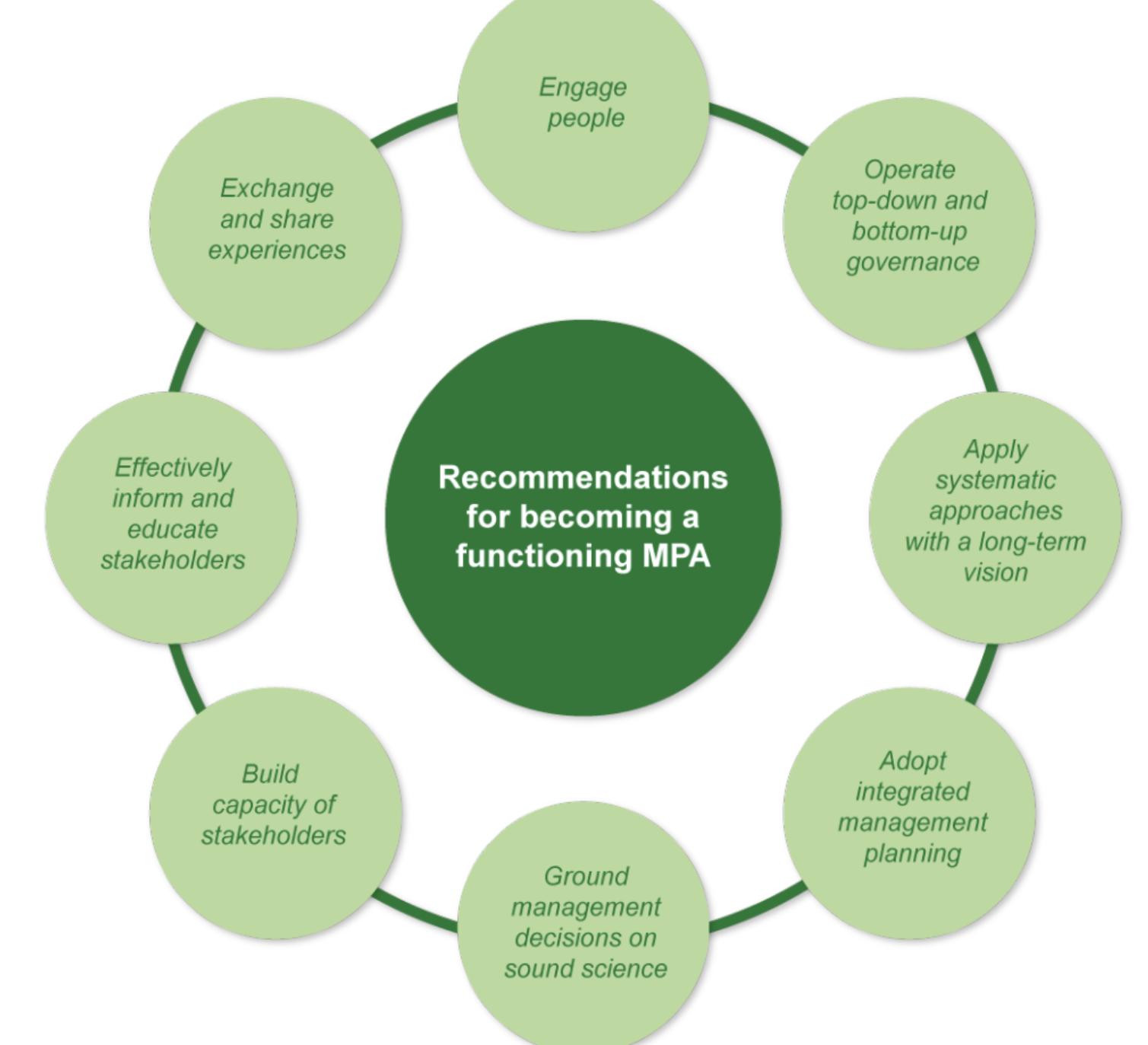
Diagram illustrating how to become a functioning marine protected areas
Conclusion
Marine Protected Areas are pivotal in the conservation and sustainable management of our oceans.
As we face increasing pressures on marine ecosystems, the establishment and effective management of MPAs are critical steps in preserving our planet’s greatest life-supporting resource.
By safeguarding these vital areas, we can ensure a brighter future for marine life and generations.
References:
Agardy, M.T., 1994. Advances in marine conservation: the role of marine protected areas. Trends in ecology & evolution, 9(7), pp.267-270.
Edgar, G.J., Russ, G.R. and Babcock, R.C., 2007. Marine protected areas. Marine ecology, 27, pp.533-555.
Laffoley, D., Baxter, J.M., Day, J.C., Wenzel, L., Bueno, P. and Zischka, K., 2019. Marine protected areas. In World seas: An environmental evaluation (pp. 549-569). Academic Press.
The Happy Turtle Straw is dedicated to reducing plastic waste in our waterways and finding new innovative solutions to help our marine life, such as endangered sea turtles.




